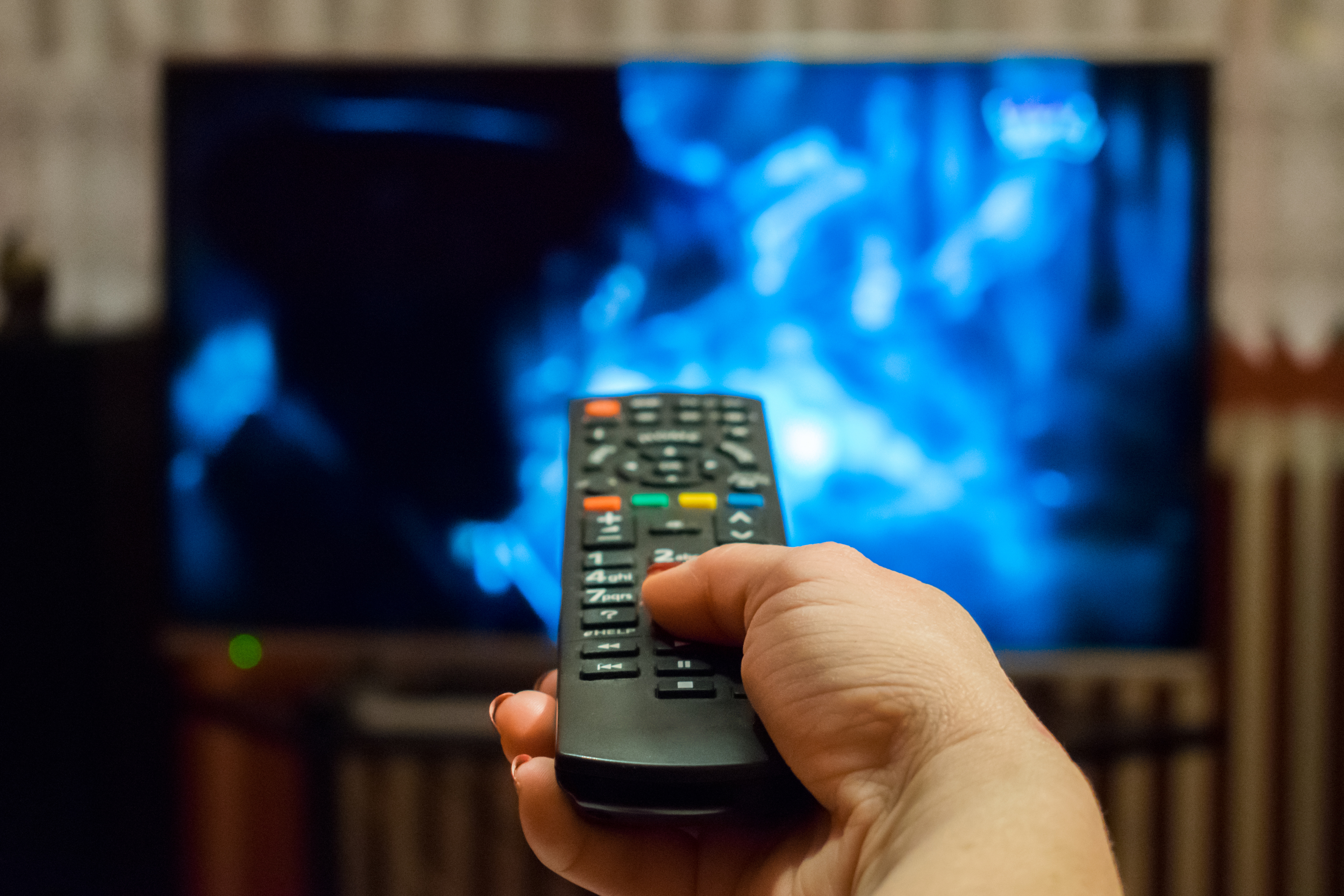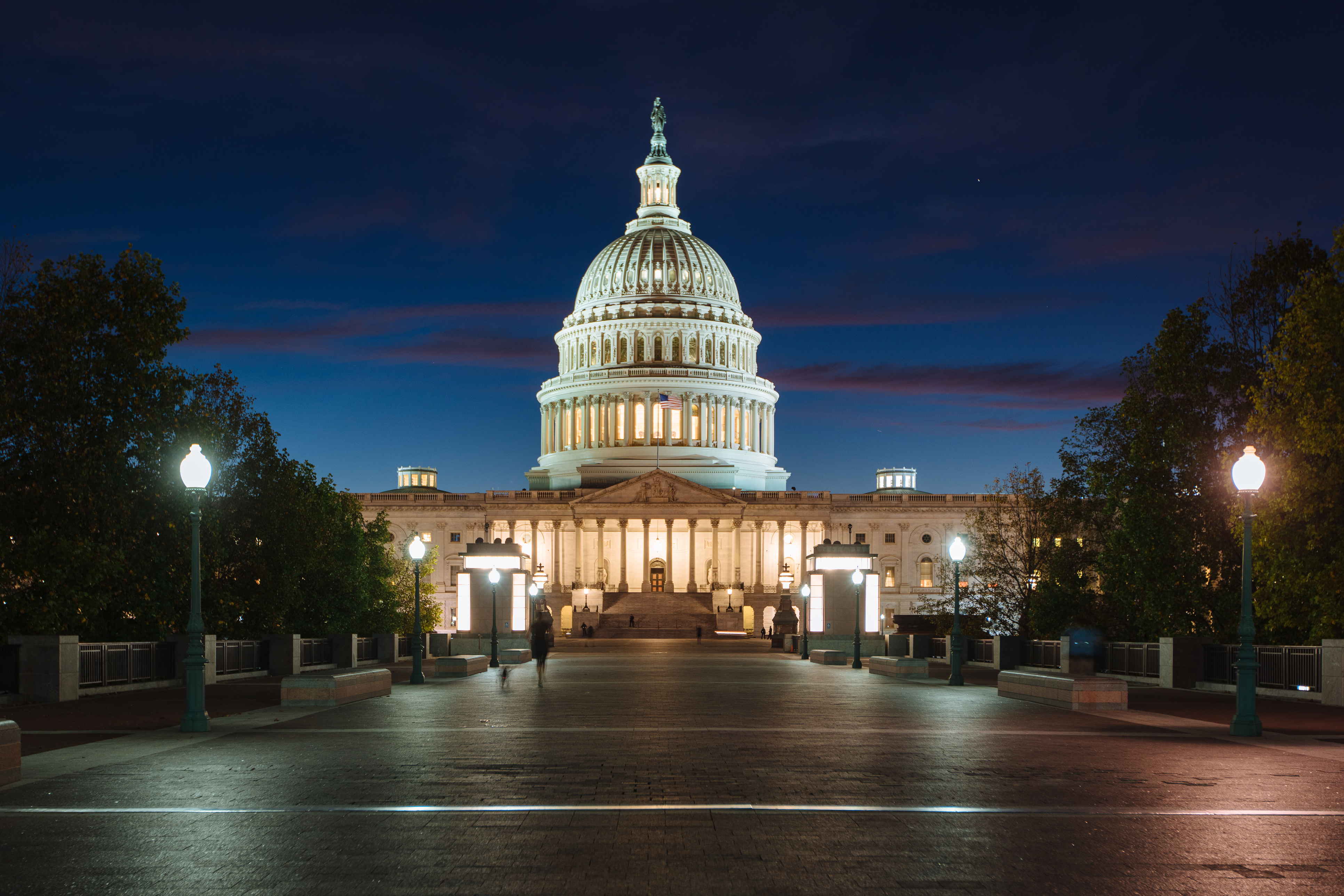With many public media organisations facing financial uncertainty across Europe, some have been reviewing and adapting their funding models for the future.
These changes, largely triggered by evolving audience habits and needs, have led many public media organisations and governments to seek out funding models that are secure and financially sustainable as well as electorally, meaning their model is not politically co-opted at times of election or following a change of government.
From licence fees to tax reforms, here we explore just a few of the changing models across the continent:
Ireland
Raidió Teilifís Éireann (RTÉ) has been lobbying for a change to the TV license system for several years, spurred by a need to assuage increasing levels of fee evasion, which are currently at 12%.At the beginning of August, the government announced that it would put the collection of the TV license fee out to tender later this year. According to the Minister for Communications Richard Bruton, the winning bidder will be awarded a five-year contract for the service and after that time has elapsed, the licence fee will be replaced by a “device-independent broadcasting charge” designed to capture households consuming publicly-funded content on devices other than traditional television sets.
Switzerland
In early 2018 the Swiss public was faced with a vote to efface license fees for the Swiss Broadcasting Corporation (SRG SSR) in the “No Billag” referendum. The bill, which had support partly from those who felt the national broadcaster was out of touch with modern media consumption habits, lost the referendum with 71.6% of voters rejecting the initiative. In 2017 the SRG SSR received about 1.2 billion Swiss francs (€1.04 billion, $1.3 billion) from the license fee with taxpayers paying 451 Swiss francs (€390, $482) annually. The remaining quarter of its funding is sourced through sponsoring and advertising. In 2018 the SRG SSR continued to reorganise itself in a bid to save at least 100 million francs as part of the consequences of the referendum. In April 2019, a series of cost cutting measures were announced including the integration of particular units as well as the potential loss of 40 jobs, including 20 through layoffs and early retirement. Consultation for this project is scheduled forJanuary 1, 2020.
Read More: The “No Billag” Saga by SRG SSR CEO, Gilles Marchand
Germany
In 2018 a Federal Constitutional Court ruled that “the financing of public programming [is] fundamental to democracy” and confirmed that a monthly fee levied on every German household to fund public broadcasters is legal, after the case was brought to court. The fee, which includes all radio, television and computer devices in a household, stands at €17.50 ($20.35) per month, with €8billion collected annually from 45million homes, with research showing that public broadcasting reaches approximately 94% of German homes weekly. The public service broadcasters ARD, ZDF and radio station Deutschlandradio also receive commercial support in some cases.
Countries across Europe are switching to tax models instead of issuing a license fee to each household. Across Scandinavia, many countries have transitioned or are in the process of transitioning to a public service tax that is platform neutral. The main drive behind the change is to createlong-term and technology-neutral financing for public service media.
Differences between the models include are largely country dependent. As for the tax level, Iceland and Denmark have a fixed sum, while other countries in the region have chosen an income-related tax. Another difference is whether the fee is included or kept outside the annual state budget negotiations.
Some of the following information was sourced from Nordicom
Denmark
In September 2018 the Ministry of Culture announced cuts to the Danish Broadcasting Corporation (DR) in the form of reducing the number of TV stations from six to three and radio stations from eight to five. The long-term plan is for thelicence fee to be phased out gradually over three years. The new public service tax is included in the state budget, and financed by reducing the basic tax deduction for all Danes aged 18+. The 20% funding cuts have been put forward as a modernisation drive keeping abreast of the public’s consumption habits. But the reforms have also been interpreted as an attempt to further impede the independence of the broadcaster in holding power to account.
In 2018, the Public Media Alliance reported that the potential loss of 400 jobs and consolidation of services could have serious implications for the reach of DR and media pluralism in the country.
Read more: Drastic changes ahead for Danish public broadcaster
Norway
The Government plans to liquidate the license fee from January 1st2020 and has proposed a public service tax to replace it. The tax will be payable by anyone 17+, will be income-related and, as in Denmark, financed by a reduction of the basic deduction. The deduction corresponds to a real tax of NOK 1,700 (approximately €175) per person per year – as a ceiling. According to Nordicom, the NRK budget is included in the state budget, but will be stretched to cover four years at a time.
Iceland
Thepublic service tax was introduced in 2009 and is included in the annual state budget. Everyone aged 16-70 and earning income above a certain level pays a fixed sum, currently ISK 17,500 (€130) per person, per year. The tax contributes to two-thirds of RÚV’s revenues, while advertising accounts for the rest. However, advertising revenues are in decline across the country’s media industry, users increasingly turning to pay-for services.
Read more: Financial statistics for Icelandic media
Finland
Finland’s public broadcaster, Yle, is funded via the Yle Tax amounting to 2.5% of an individual’s taxable income with a maximum charge of €163 per year. It is also chargeable to companies and does not apply to minors or low-income workers. By law, the Yle tax is to be adjusted annually in line with changes in cost-of-living indexes and lies outside the state budget to maintain the organisation’s independence.
However, rates can be changed by parliament, such as during periods of economic downturn. According to Nordicom, in 2015 an exception was made and from 2016 the index adjustment was frozen for the years 2017-2019. Then in 2018, Finland’s parliament raised both the tax rate (from 2 to 2.5 per cent) and the free amount that determines when no tax has to be paid.
Sweden
The funding of Sweden’s three public broadcasters (SR, SVT and UR) changed significantly at the beginning of 2019, when it moved from an obligatory licence fee model to an obligatory “public service fee” or tax based on 1% of taxable income. Fees for those living in single-adult or single-parent households are significantly reduced.
The new fee was introduced partially as a response to high evasion rates and a decline in TV ownership. Like Finland, the new fee is kept outside of the state budget and distributed to PSBs via a closed system to ensure that it can only be used for public media. It is, however, collected by the Swedish Tax Agency.
To allay fears of political interference via the use of a government agency to collect the tax, the new funding model was joined by a new set of broadcasting licences valid for eight years, beginning in the January of an election year. This also helps to ensure that a new government cannot enforce radical changes. Currently, new broadcasting licences for SVT, SR and UR are being prepared for the 2020-2025 period.
Lingering concerns
Yet despite the progression of funding to more sustainable and evasion-limiting models, there are concerns regarding political interference and the legal precedence to ensure the independence of public broadcasters.
As with the case of Denmark, the use of “sustainability” as reasoning for the change to a tax model, was widely interpreted as an excuse by the previous government to limit the ability of DR to operate as a public service broadcaster and hold power to account.
First and foremost, public broadcasters are accountable to the public that fund them and any change to the funding system must take into account the socio-economic and cultural contexts in which it exists. Questions such as; What are the wants and needs of the public we serve? Is it fair to ask them to pay for what we are providing? Do we have the necessary independence and finances to execute our public service mandate? If not, what do we have to do to get to that point; are all fundamental to directing the strategy of public broadcasters and determining how they function. As the needs and habits of audiences continue to evolve, so too will these models.
Read PMA’s Funding Public Media report for more information about funding models for public media around the world and the risks associated with them.
Header Image: DR-Byen, the headquarters of the Danish Broadcasting Corporation, Copenhagen. Credit: Fred Romero/Creative Commons
Related Posts
16th May 2019
All change? Funding increase recommended for American public media
The Corporation for Public Broadcasting…


